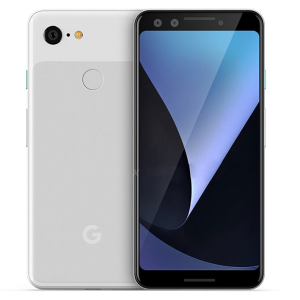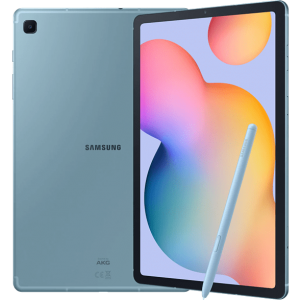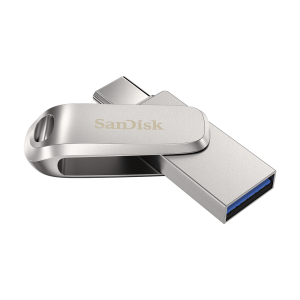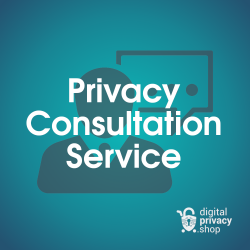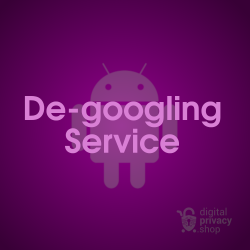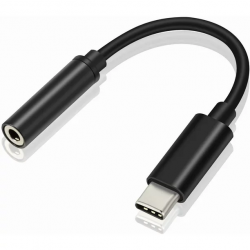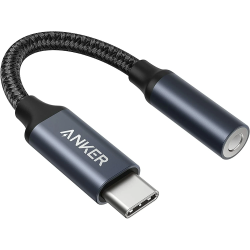Background: Connecting to 127.0.0.1 port 9050 means F-Droid is trying to (or being forced to) connect to the Tor Network, and has failed. While it provides better privacy to route traffic through the Tor Network, it also creates complexity in your communications. Fast and reliable connections on Tor Network is "hit or miss". There have been many instances where traffic is routed through Tor and suddenly there is no connection.
Solution #1: First, we want to allow F-Droid to connect to the internet without forcing it through Tor Network. This will simplify its network connection, and in theory resolve the error based on the message you received.
- If you are running Orbot in VPN mode, open Orbot and disable VPN mode and press the STOP button to turn Orbot off.
- Check F-Droid app > Settings > Proxy > Use Tor. This setting says "Force download traffic through Tor for increased privacy. requires Orbot". If this setting is enabled, disable it.
- If another VPN or proxy service (i.e. Calyx VPN, RiseupVPN, ProtonVPN, NordVPN, Mulvad VPN) is enabled in the background, disable it.
- Now, open F-Droid and try connecting by swiping down from the top to prompt Updating Repositories.
If this solved the connection problem, try turning on Orbot or another VPN at a later time. There may just be a temporary communication problem with the Tor Network.
Other Settings to Check: If that did not solve the problem, additionally check the following...
Check that F-Droid is at the latest version:
- Go to F-Droid > Settings > About F-Droid > Version x.xx.x.
- Verify the latest version at F-Droid's download page. If it is not, try downloading the latest version from your browser and installing it over the older version.
Allow F-Droid to automatically update:
- Go to F-Droid > Settings > Automatically fetch updates > tap button to enable
Enable the F-Droid and Guardian Project repositories:
- Go to F-Droid > Settings >Repositories, Activate all listed repositories
Check that F-Droid has the proper permissions:
- Go to Settings app > Apps > F-Droid > Permissions. Grant Files and media, and Nearby devices.
- Still in Settings app > Apps > F-Droid > Mobile data & Wi-Fi. Enable Allow network access, Wi-Fi data, Mobile data, Background data, and VPN data.
- Still in Settings app > Apps > F-Droid, select Install unkown apps. Enable the button Allow from this source.
Finally, go back to F-Droid and swipe down from the top. You should see a circular arrow and the words Updating repositories at the top. After a minute or two you should see app icons appear in the Latest and Categories tab.


